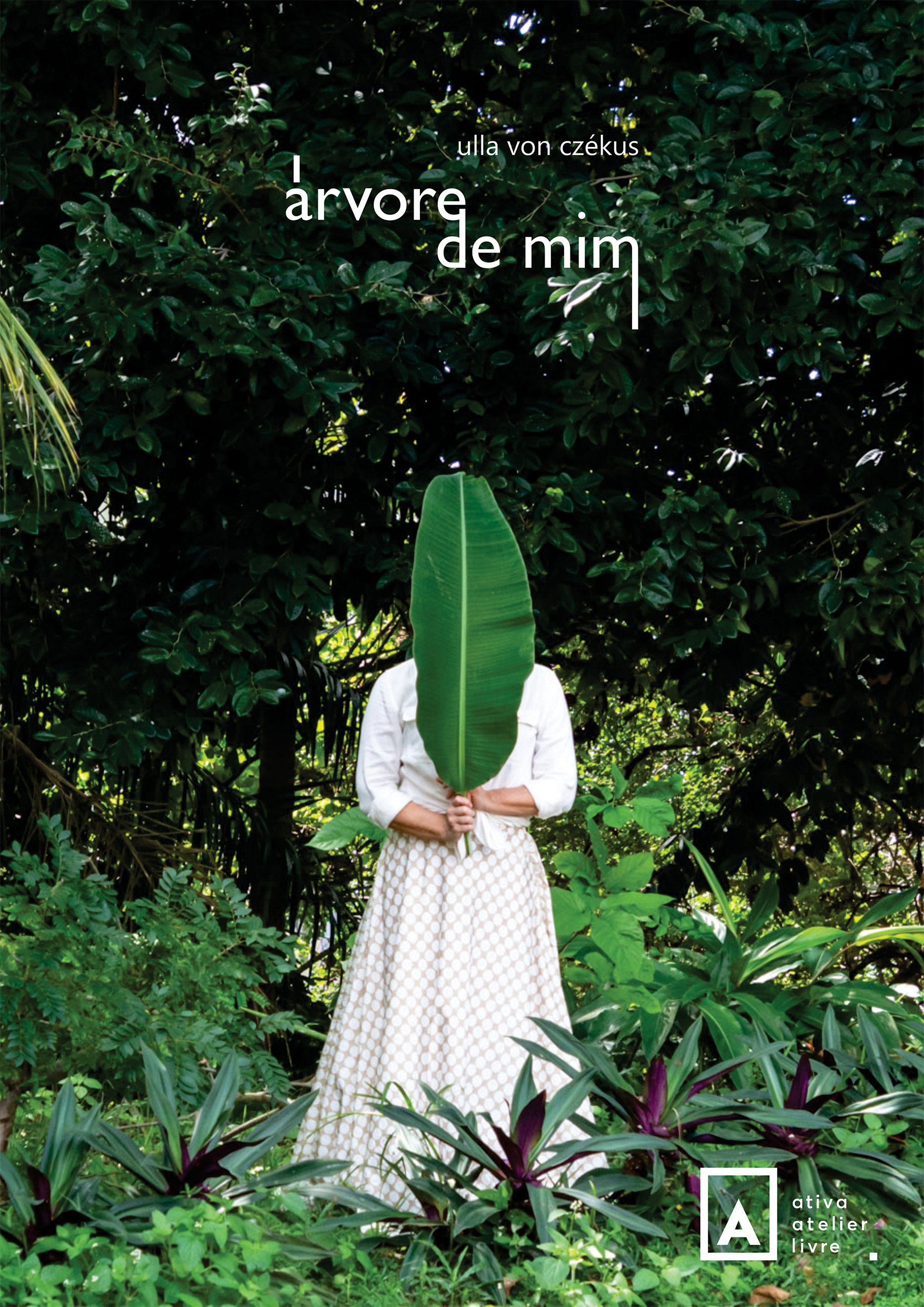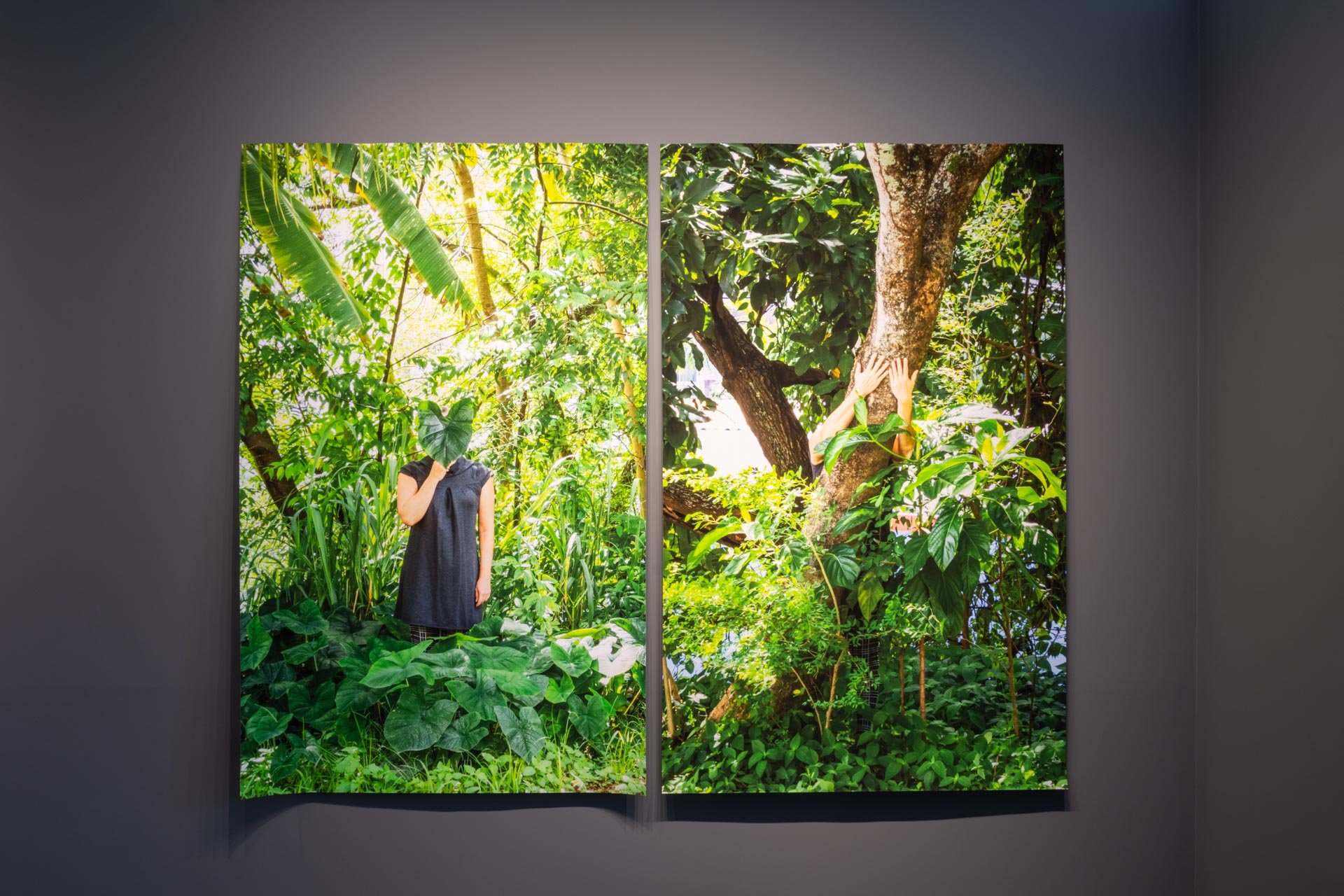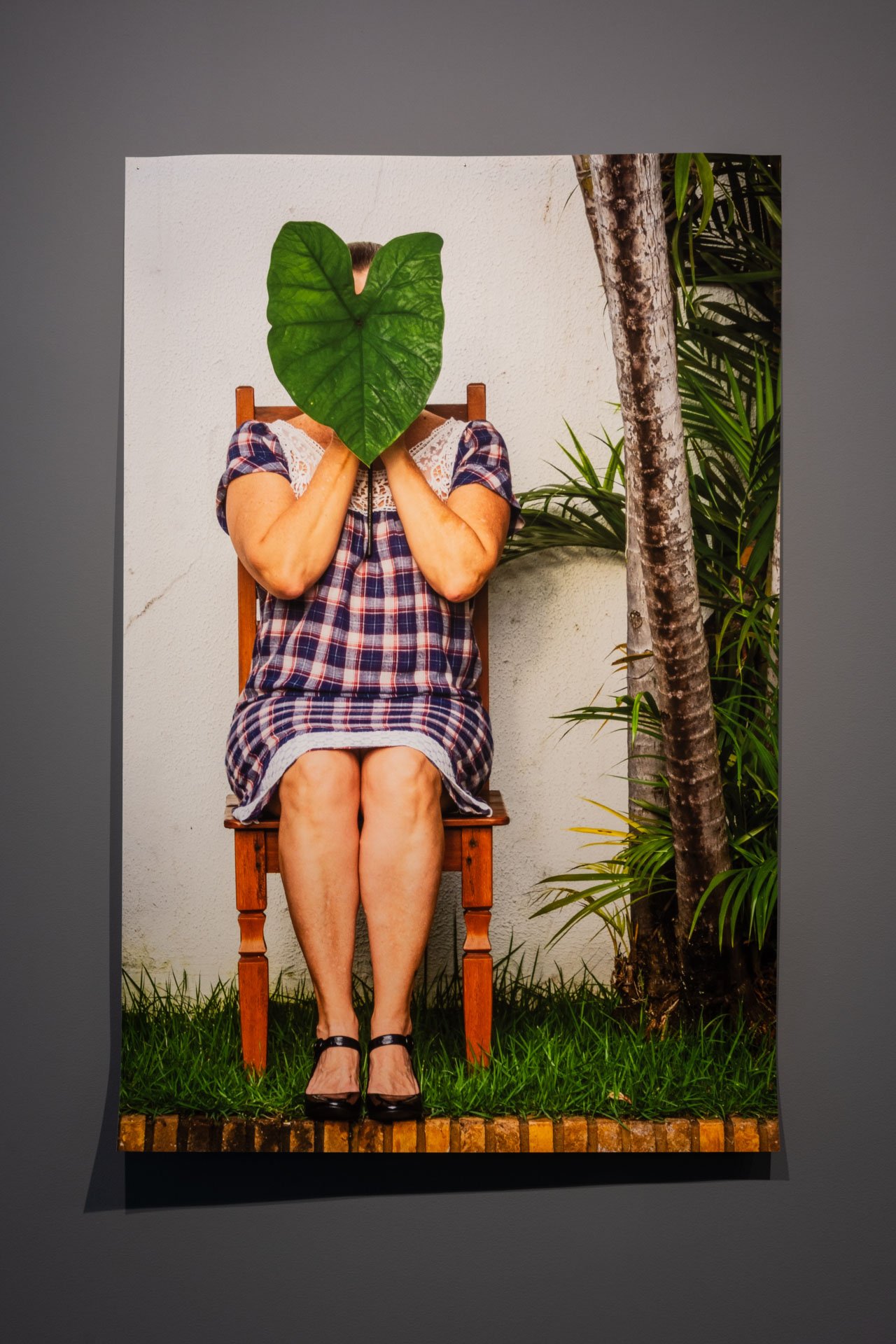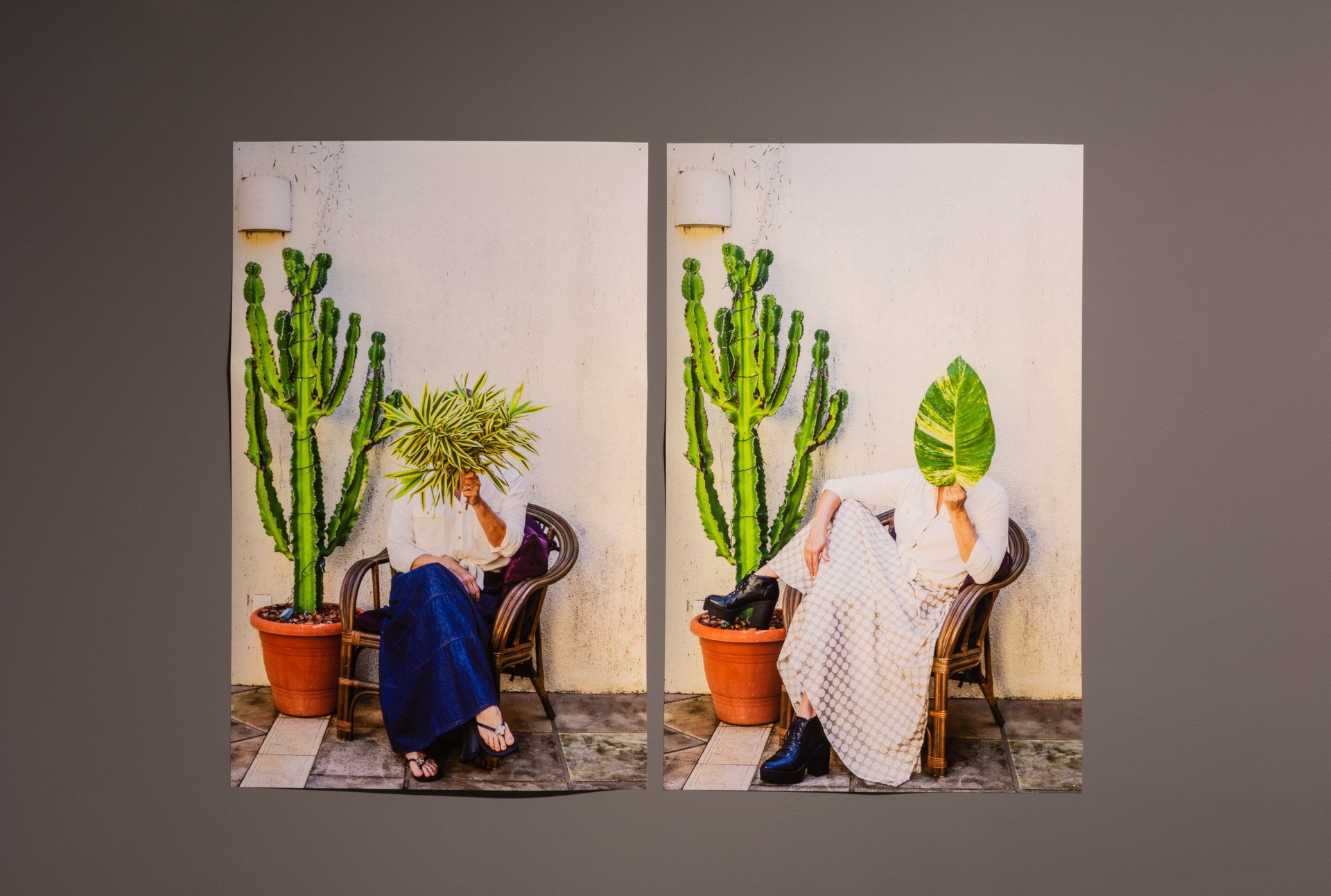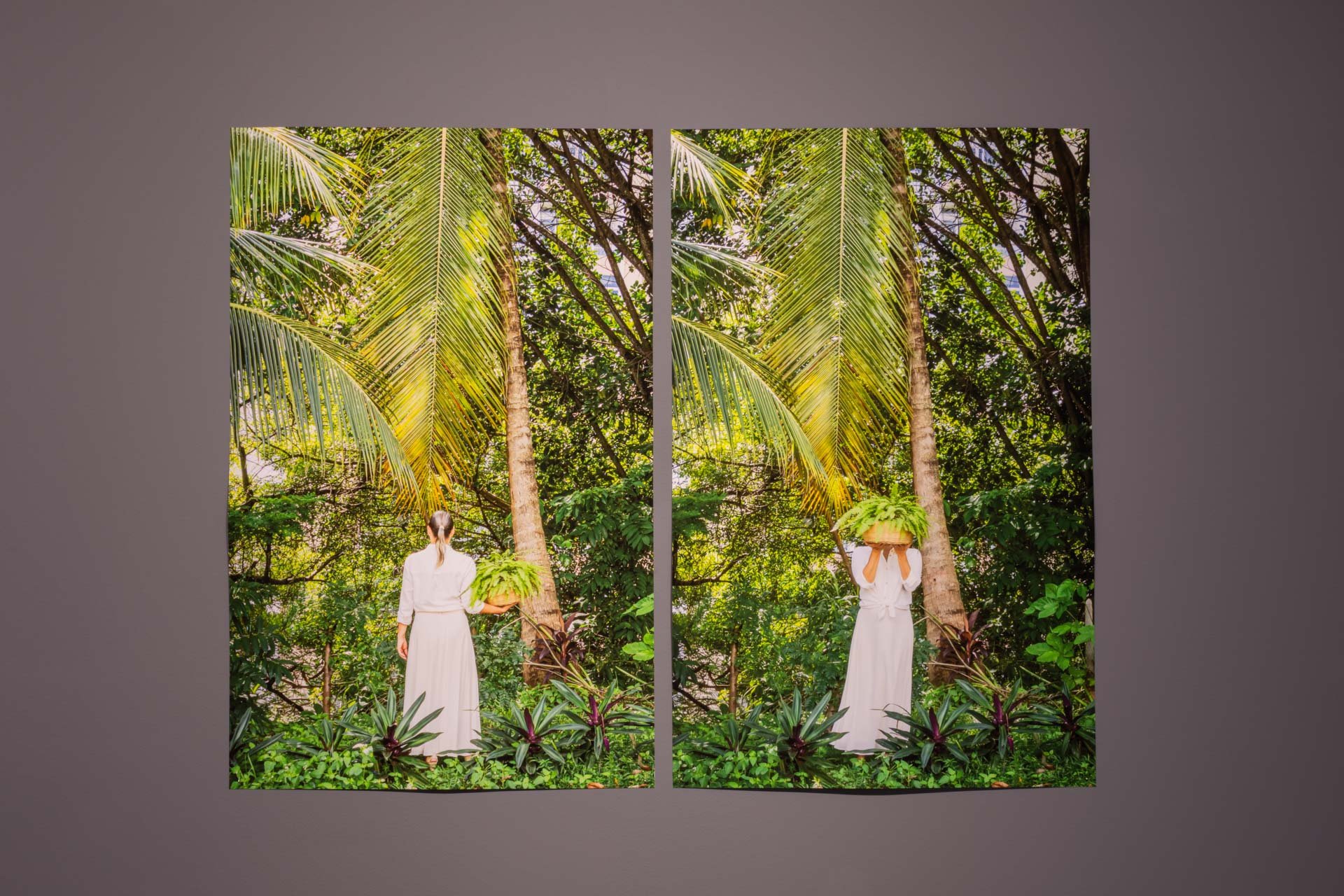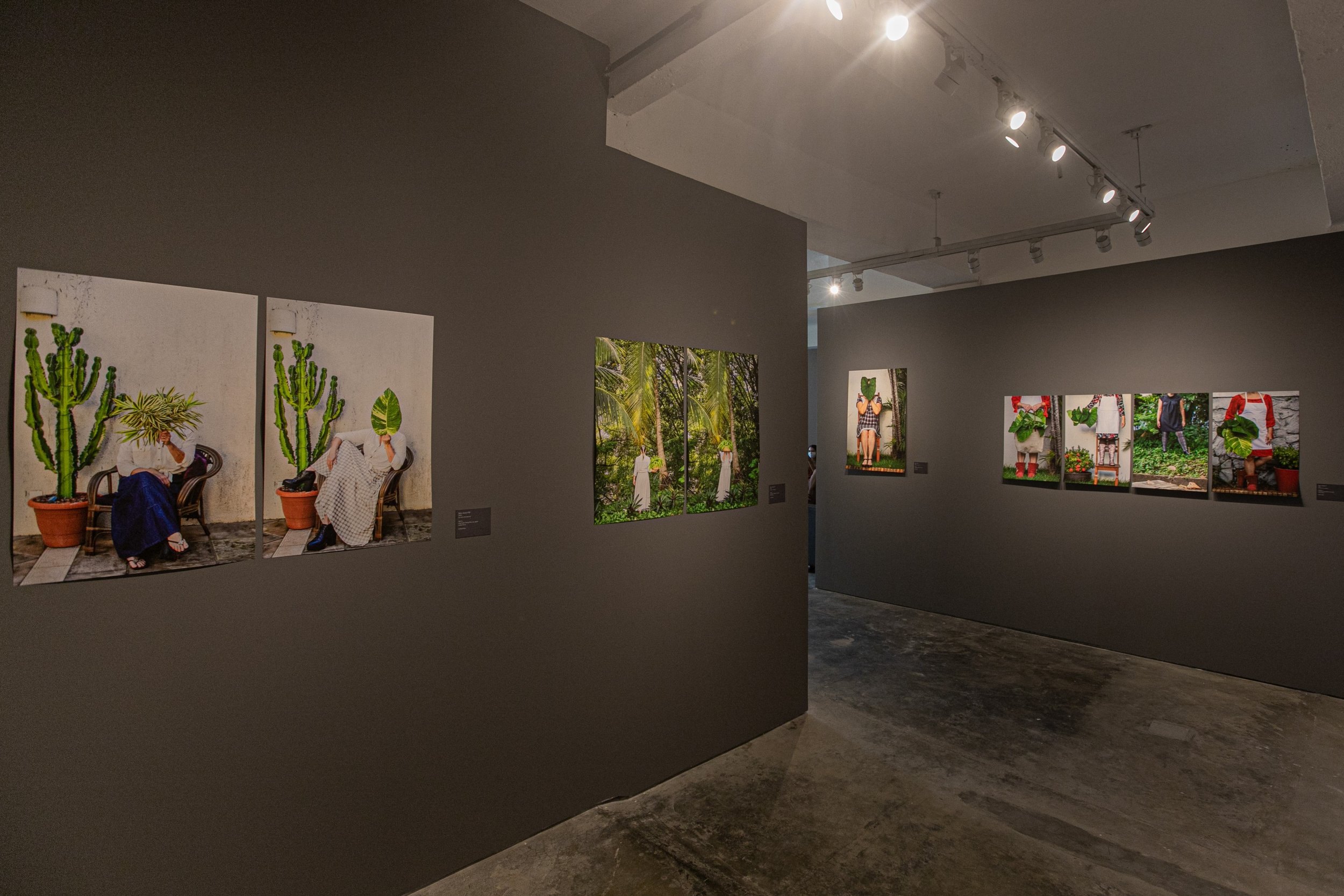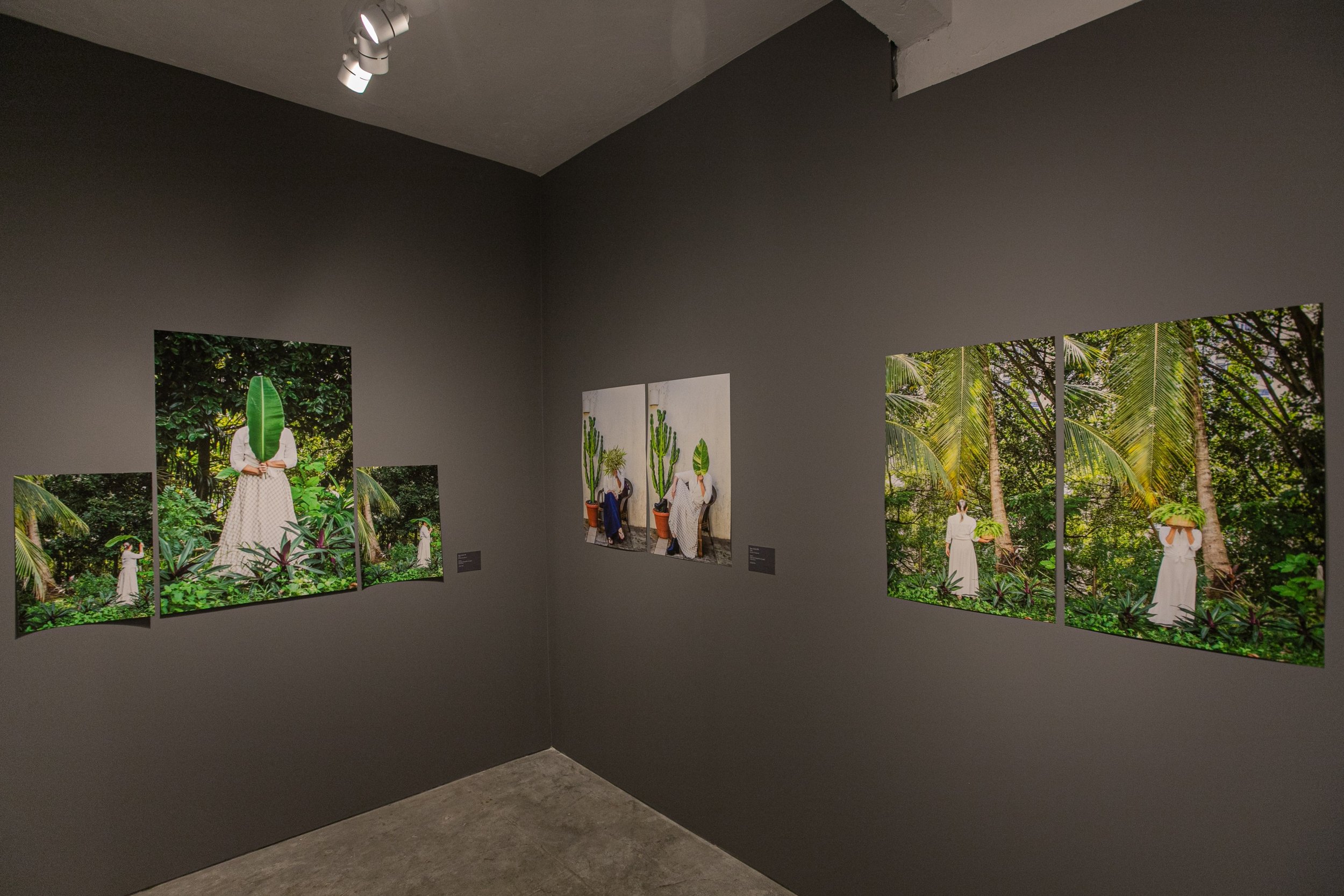Árvore de mim | Tree of me
Curadoria | Curated by FÁBIO GATTI
Árvore de nós
Fábio Gatti
soprando esse bambu
só tiro
o que lhe deu vento
Paulo Leminski
Uma árvore é sempre uma ideia maiúscula. Na sua grandeza esconde a forma do broto da qual se originou, diluída no todo, continuamente ali. Assim também a memória. Espaço de fronteiras embaçadas e de cinábrios esquecidos. Muscular- se nesse fosso pressupõe uma disponibilidade às fissuras, à cintilância do possível e ao magnetismo do insignificante. A memória em si é uma vida morta: viva na pulsação de todo o existente em suas camadas, porém morrida quando não há interesse em acessa-las. É a lembrança, ação de pinçar dessas camadas uma sensação, um fato ou o eco ali guardado, o modo de se encontrar com o vento. Trazer esse invisível às mãos e aos olhos tem sido uma tônica na pesquisa visual de Ulla von Czékus aqui materializada em dois diferentes trabalhos: Arredores e A dúvida.
A vegetação de Ulla é o elemento central de uma crítica orientada ao modo como a cultura pensa a natureza, distanciando-se dela. Arredores é um retorno à terra, à origem remodelada de todo seu trabalho, mas principalmente, à compressão de si e de seu fazer artístico: a descoberta do movimento como elã formativo de suas intenções poéticas. Há uma tentativa de ser árvore. Entender-se terra e ar. Acolher o vento que umedece corpos e descobre as raízes. De outro lado, constituir-se como pessoa equivale a possuir uma aparência cujas características ofereçam contornos reconhecíveis sobre si, para as outras pessoas. Ao esconder seu rosto com as folhas, essas imagens não desvelam uma identidade e podem ser pensadas pelo conceito do não-retrato[1]. Arredores marca uma transição na produção plástica da artista ao tempo em que dá a ver um fundamento importante: o tempo. Ele é o broto incorpóreo em toda forma visual final; vento.
O antônimo do tempo é a inação. É contra ela que Ulla operacionaliza uma busca sobre os afetos que a conectam à sua avó materna. Quanto de memória é nossa quando ela é recebida pela voz alheia?
A dúvida é a afirmação de um ruído nas relações interpessoais entre avó e neta: a memória é uma fantasia. A cada novo pinçamento, a rememoração é diversa. A cada nova questão posta, o afastamento das certezas. Diante dessa memória incutida a si por oralidades outras, mais dúvidas. Era preciso mergulhar na grandeza desconhecida de sua própria história e de lá usar o sopro da imaginação em favor da reconstituição de tudo o que lhe faltava: um afeto perdido na ventania de um arquivo-vivo. A árvore de sua família se fez crua para que ela pudesse dirimir enfim, uma árvore de nós.
[1] O termo não-retrato é uma categoria de negação. Nega-se o retrato não apenas pela supressão, esfacelamento, decomposição, substituição ou apagamento do rosto, mas também, pelo uso crítico e/ou irônico, de seus padrões tradicionais. Constrói-se, então, uma realidade imprópria ao retrato.
Tree of us [1]
Fábio Gatti
soprando esse bambu
só tiro
o que lhe deu vento
Paulo Leminski
A tree is always a capital idea. In its greatness it hides the form of the bud from which it originated, diluted in the whole, continuously there. So does memory. A space of blurred borders and forgotten cinnabar. To muscle up in this pit presupposes being prone to fissures, to the sparkle of what’s possible, and to the magnetism of the insignificant. Memory itself is a life dead: alive in the pulsing of all that exists in its layers, but dead when there is no interest in accessing them. It is remembrance, the action of picking from these layers a sensation, a fact or the echo stored there, the way one meets the wind. Bringing this invisible to the hands and eyes has been a constant in Ulla von Czékus visual research, materialized here in two different works: Surroundings and The Doubt.
Ulla's vegetation is the central element of a critique of the way culture thinks about nature, distancing itself from it. Surroundings is a return to the earth, to the remodeled origin of all her work, but mainly, to the compression of herself and her artistic making: the discovery of movement as a formative elan of her poetic intentions. There is an attempt to be a tree. To understand herself as earth and air. To welcome the wind that moistens bodies and discovers roots. On the other hand, to constitute oneself as a person is equivalent to possessing an appearance whose characteristics offer recognizable outlines about oneself to other people. By hiding her face with the leaves, these images do not unveil an identity and can be thought of through the concept of the non-portrait[2]. Surroundings marks a transition in the artist's plastic production as it reveals an important foundation: time. This is the incorporeal sprout in every final visual form; wind.
The antonym of time is inaction. It is against it that Ulla operationalizes a search on the affections that connect her to her maternal grandmother. How much memory is ours when it is received by the voices of others? The doubt is the affirmation of noise in the interpersonal relations between grandmother and granddaughter: memory is a fantasy. With each new pinprick, the remembrance is diverse. With each new question posed, the distancing of certainties. In the face of this memory instilled in itself by other oralities, more doubts. It was necessary to dive into the unknown grandeur of her own history and from there use the breath of imagination in favor of reconstituting all that was missing: an affection lost in the windstorm of a living archive. The tree of her family was made raw so that she could finally reconstitute a tree of us.
[1] In Portuguese, the word nós refers both to the pronoun “us” and to the noun “knot”.
[2] The non-portrait term is a category of denial. It denies the portrait not only because of the suppression, shattering, decomposition, substitution or blackout of the face, but also, by critical and/or ironic use, of its traditional patterns. Therefore, an improper reality to the portrait is built.
Fotos: Ulla von Czékus e Iracema Chequer


